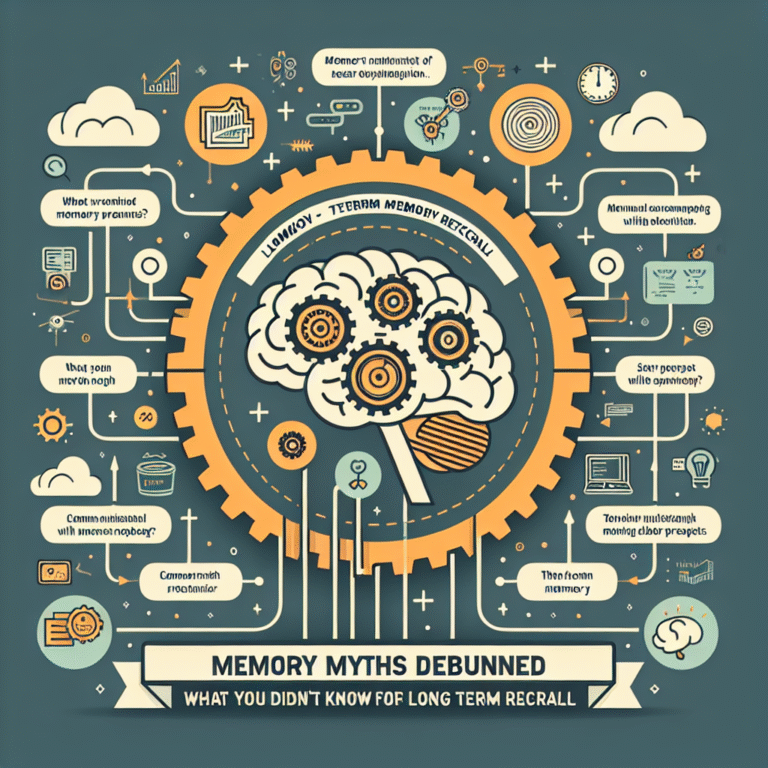
Introduction
In the vast realm of behavioral science, one of the most powerful tools at a researcher’s disposal is random assignment. This method has transformed the landscape of experimental research, enabling robust conclusions that go beyond mere correlation. Imagine uncovering the secret sauce behind human behavior and decision-making—this is precisely what random assignment facilitates. In this article, "Random Assignment in Action: Case Studies from Behavioral Science," we’ll delve deeply into real-world applications of this method, providing compelling insights and captivating narratives that illuminate its significance and impact.
Understanding Random Assignment
What is Random Assignment?
Random assignment is the process of allocating participants to different groups in a study randomly. It ensures that each participant has an equal chance of being assigned to any of the groups involved in the research. This technique eliminates biases, balances out variables, and enhances the confidence researchers can have in the validity of their results. In behavioral science, random assignment plays a crucial role in isolating the effects of specific interventions or treatments.
Why is Random Assignment Important?
The importance of random assignment cannot be overstated. It is a foundational element of experimental design that strengthens causal conclusions. By randomly assigning subjects, researchers can ensure that any observed differences between groups are upon the treatment or intervention rather than pre-existing differences. This is especially critical in fields such as psychology, education, and social science, where myriad uncontrollable factors can influence outcomes.
Case Studies in Behavioral Science
Case Study 1: The Stanford Marshmallow Experiment
One of the most iconic studies in behavioral science is the Stanford Marshmallow Experiment conducted by Walter Mischel in the late 1960s. Children were given a choice: eat one marshmallow immediately or wait 15 minutes and receive two marshmallows. Mischel’s study employed random assignment to create various conditions in which children were tested, ensuring reliability in the findings.
Relevance to Random Assignment
The beauty of this experiment lies in its design. By randomly assigning children to different waiting conditions (e.g., some with distractions and others without), researchers could assess how self-control and delayed gratification fluctuate under varying circumstances. The follow-up studies revealed that children who waited tended to perform better academically and socially later in life, underscoring long-term behavioral patterns stemming from early childhood decisions.
Case Study 2: The Effects of Sleep on Cognitive Performance
In a research study conducted by Dr. Matthew Walker and his team, participants were randomly assigned to two groups: one group was allowed to sleep for a full night, while the other was kept awake for 24 hours. Cognitive performance and decision-making skills were tested in both groups.
Relevance to Random Assignment
This study exemplified how random assignment could help isolate sleep as a variable affecting cognitive performance. The findings indicated that sleep deprivation significantly hampered decision-making skills and problem-solving abilities. The random assignment ensured that other variables, like prior sleep habits or substance use, were evenly distributed across both groups, highlighting sleep’s causal role in cognitive functions.
Case Study 3: Changing Behaviors with Financial Incentives
A study by the University of Chicago’s behavioral economist, Marsha K. McCoy, examined how financial incentives could influence health-related behaviors. Participants were randomly assigned to receive different incentives: some received cash rewards for exercise, while others received no incentives.
Relevance to Random Assignment
By structuring this experiment with random assignment, McCoy was able to draw clear conclusions about the effectiveness of financial incentives on behavior change. Those in incentivized groups exhibited significantly higher levels of physical activity. The random assignment allowed researchers to assert that changes in behavior were indeed due to the monetary rewards rather than background factors.
Case Study 4: The Impact of Feedback on Student Performance
In a randomized controlled trial (RCT) by researchers at Harvard University, students were split into groups where one received immediate, constructive feedback on their performance, while the other did not receive any feedback. This study sought to understand the impact of feedback on learning outcomes.
Relevance to Random Assignment
This case study served as a crucial illustration of how immediate feedback could enhance learning. The random assignment helped ensure that any differences in student outcomes could be attributed to the feedback provided rather than pre-existing differences in student abilities or motivation. The results showed that those who received immediate feedback outperformed their peers, reinforcing the notion that timely interventions can dramatically alter educational outcomes.
Case Study 5: Social Media and Mental Health
In a modern twist, researchers at the University of Pennsylvania randomly assigned students to limit their social media usage to 30 minutes a day for three weeks, while a control group maintained their usual habits. This study aimed to explore the effect of social media on mental health.
Relevance to Random Assignment
Utilizing random assignment allowed researchers to control for variables such as personality traits or existing mental health conditions, providing a clearer view of how reduced social media consumption directly influenced well-being indicators. The findings indicated that limited social media usage led to significant reductions in feelings of loneliness and depression among participants, showcasing the profound impact of behavioral interventions.
Analyzing the Findings
Key Insights from Case Studies
The case studies underscore the transformative power of random assignment in scientific research. They reveal critical insights:
- Causality: Random assignment clarifies causal relationships in research.
- Reproducibility: Randomized studies offer more robust grounds for reproducibility in findings.
- Behavioral Interventions: Variations in interventions designed through random assignment can yield specific outcomes that may lead to practical applications in real-world settings.
Visual Summary of Findings
| Study | Intervention | Outcome |
|---|---|---|
| Stanford Marshmallow Experiment | Delayed gratification | Better long-term outcomes |
| Sleep Study | Sleep deprivation | Impaired cognitive performance |
| Financial Incentives | Cash rewards for exercise | Increased physical activity |
| Feedback Study | Immediate feedback | Enhanced academic performance |
| Social Media Limitation | Limited usage | Reduced loneliness and depression |
Conclusion
In summary, "Random Assignment in Action: Case Studies from Behavioral Science" illustrates a powerful methodological approach that has become integral to understanding human behavior and decision-making. Each case study not only showcases the efficacy of random assignment but also highlights the potential for actionable insights across various domains.
By applying the principles of random assignment, researchers can design interventions with higher validity and reliability, ultimately leading to impactful real-world applications. As we move forward, understanding and advocating for random assignment in research practices can empower future discoveries in behavioral science.
FAQs
1. What is the difference between random assignment and random selection?
Random assignment refers to how participants are divided into groups within an experiment, while random selection pertains to how participants are chosen from a population. Random assignment helps establish causality in experimental outcomes, whereas random selection helps generalize findings to a broader population.
2. Why is random assignment crucial in behavioral science?
Random assignment is essential because it minimizes biases and ensures that differences observed in study outcomes are due to the treatment rather than external factors, leading to clearer conclusions about cause and effect.
3. Can random assignment eliminate all biases?
While random assignment strives to control biases by evenly distributing variables among groups, it cannot guarantee the complete elimination of bias. However, it significantly reduces the impact of confounding variables.
4. How do researchers ensure random assignment?
Researchers typically use random number generators or lottery methods to assign participants to different groups, guaranteeing that each participant has an equal chance of being placed in any group.
5. What are the ethical considerations in using random assignment?
Ethical considerations include ensuring that participants understand the nature of the study and providing them with the option to withdraw. It’s essential that random assignment does not put any participant at a disadvantage, especially in sensitive areas like health and education.
Through these case studies and insights, we hope to inspire further exploration into the world of random assignment in behavioral science, a tool that continues to unlock the complexities of human behavior.
















